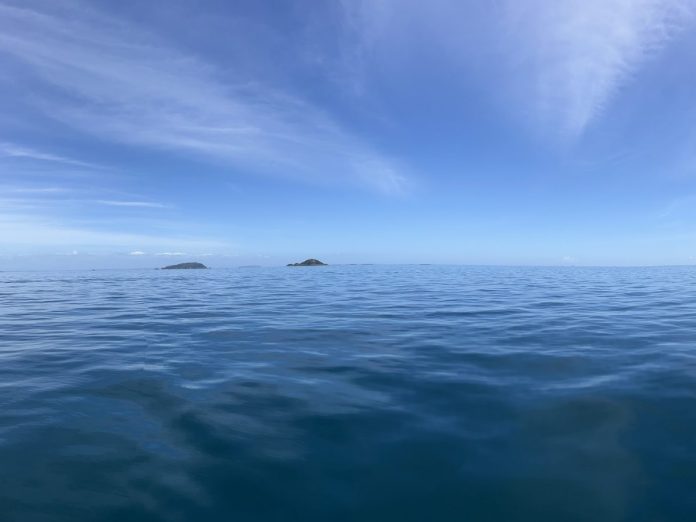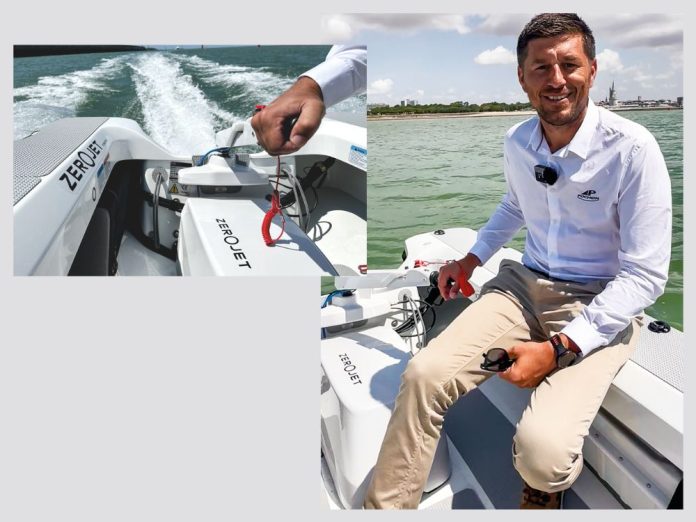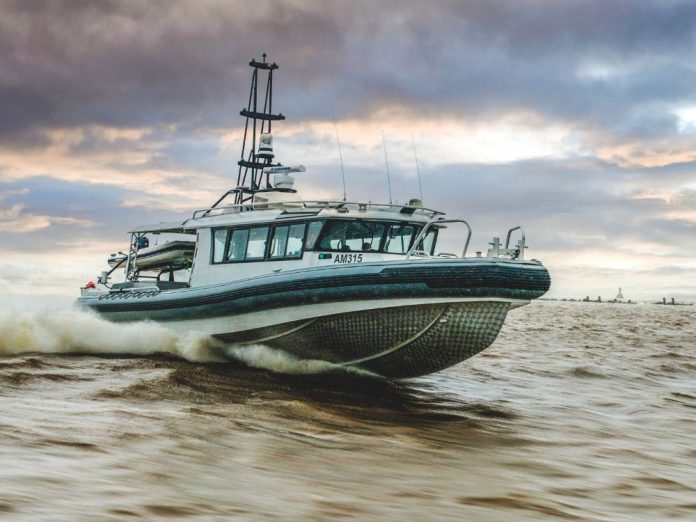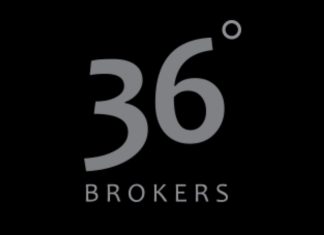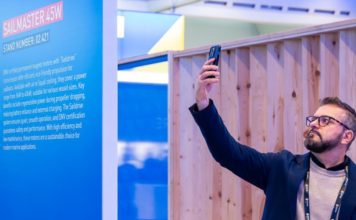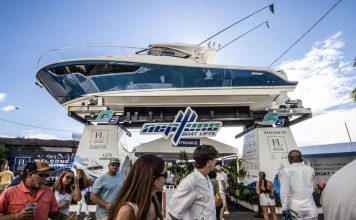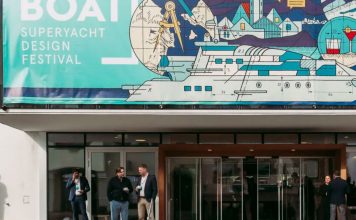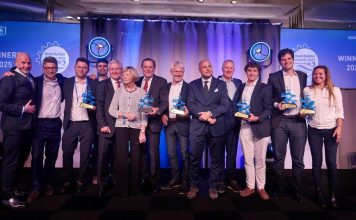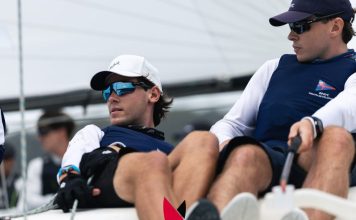The company’s shift to vacuum-infusion production began a few years ago with the internal liner for its 485 model. The process was quickly extended to the hardtop for the 635, and then, earlier this year, to the 725’s hardtop.
“It’s a gradual migration,” says director Denis Kendall. “Vacuum-infusion brings multiple benefits, but large components like hardtops, decks and hulls require new CNC-machined moulds. That’s significant capex, so we will introduce the technology progressively.”
The system’s advantages include much faster production – and lighter, stronger components manufactured with consistent, repeatable quality. The process also uses far less resin and is much cleaner (the crews love it!).

Structural integrity and superior strength, says Kendall, derive from a higher fibre-to-resin ratio, and the introduction of a layer of carbon fibre to the laminate. “Previously, we would place 600-gram chop strand against the gel coat – a sticky, labour-intensive process involving multiple stages, accompanied by plenty of fumes.
“With this new ‘carbon composite structure’ – we place a layer of carbon fibre directly against the gel coat. The carbon product is called ‘Quad’ because it actually features four layers of fibre running in different directions.

“A composite ‘mat’ comprising three separate layers goes over the carbon fibre. It’s a relatively new product on the market, formed from a layer of 150-gram e-glass, a flow-medium in the middle and an 800-gram woven roving on the outside. In the large, flat panel sections of the hardtop we also introduce a layer of foam for additional stiffness.
‘The major advantage of this production method is that these layers are all dry…’
“The major advantage of this production method is that these layers are all dry – they are cut and placed in situ quickly and easily. The resin is only introduced once the structure has been ‘bagged’ and a vacuum drawn.”
Faster production is a bonus. “We’ve cut about 80 hours from the manufacture of a 725 hardtop. The actual infusion – where the resin is sucked into the laminates – takes about 35 minutes with the 725 hardtop.”
The improved fibre-to-resin ratio (resulting in better strength) is clearly demonstrated in the 635 hardtop: the fibre content was about 33% – with vacuum infusion it’s now 50-55%, and the hardtop now weighs around 22kg. Reducing weight from the hardtop, Kendall points out, equates to a lower centre of gravity with enhanced vessel stability/performance.
“Lighter, stronger components also make for better weight distribution – an important consideration as boats become more complex with sophisticated components. For example, just about every 725 that leaves our factory today has a heavy fridge/freezer under the seat. Having more leeway with weight distribution is useful.”
Additional vacuum-infusion benefits, he says, will come when production switches to a silicone product for the bagging. “Today we’re using plastic bags – but they can only be used once and are discarded. Silicone bags can be used repeatedly.”
The new process also offers aesthetic benefits. “Adapting our designs and styling becomes a little easier with vacuum-infusion. Take the 635 hardtop: it has quite a few compound curves, shapes and angles – difficult to perfect when using a manual lay-up. The vacuum process delivers precision.”
Haines Hunter is recognized for its distinctive continuous improvement ethos, summed up in its branding – ‘The Ride just gets Better’. Vacuum-infusion production will underscore the claim, delivering lighter, stronger and sleeker hunters.

















